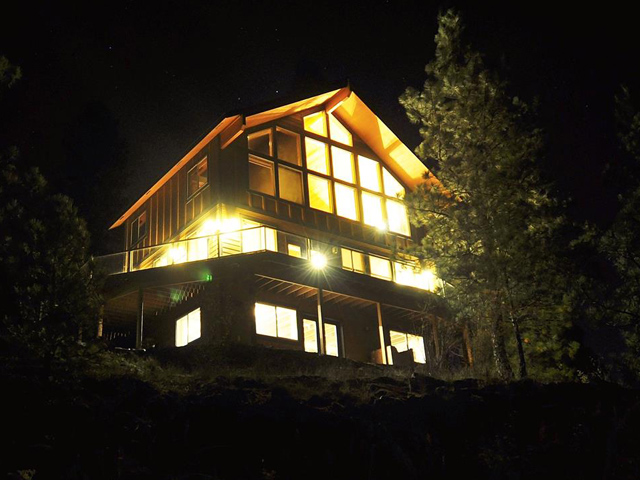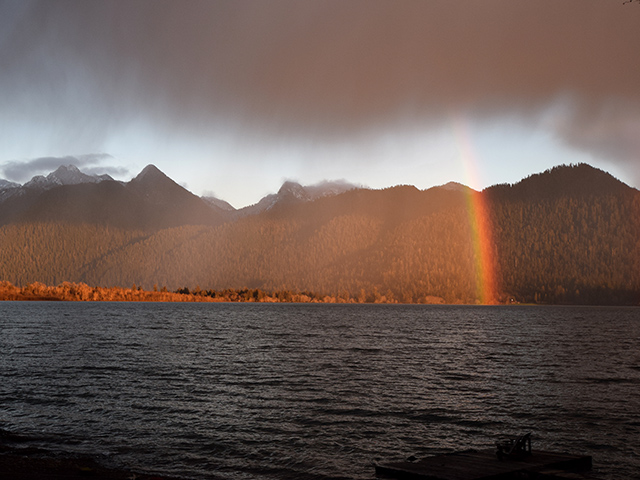YAKIMA
Fishing with dries and droppers is dirty good right now! Stones, Hoppers, October Caddis, Cranefies and Blue Wings are all on the menu:))
Water is low as the flip flop is over and there are good water temps throughout.

Steindorf party
__________________________________________
UPPER COLUMBIA
I do have a Sept 28-Oct 2 Black Bear Lodge for 2 people Cancellation special if interested
Fishing is goooooood. Water is real low. Watch your prop. This river is really an anomally. Ever year, month and day is different. Keeps you on your toes:)) Good dry fly fishing as well as some decent swinging.
October Caddis, Hoppers, Baetis, Fall Cahill.


_________________________________
KLICKITAT
The river has been in various conditions based on temperatures and wind. We are starting our overall lodging packages from the end of Sept until Nov 18.
Water clarity is ranging between 1.5 to 2.5 depending on where you are in the system and at what time. There are definitely fish around…both Steelhead and Kings









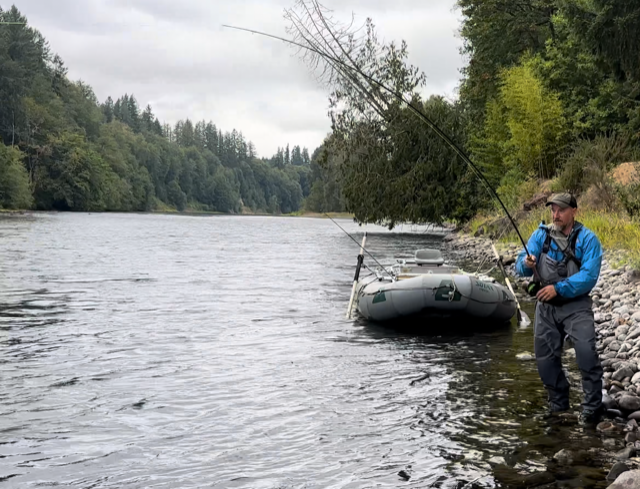




 Frankie and Frank Salmick
Frankie and Frank Salmick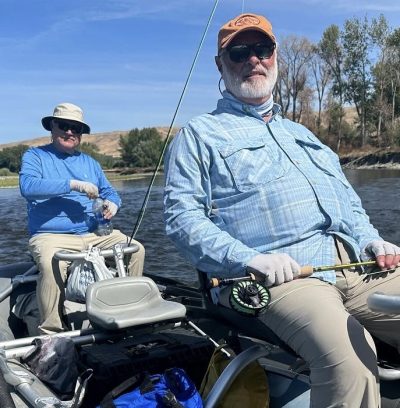 34 year anniversary, to the day , of fishing with these boys!
34 year anniversary, to the day , of fishing with these boys!
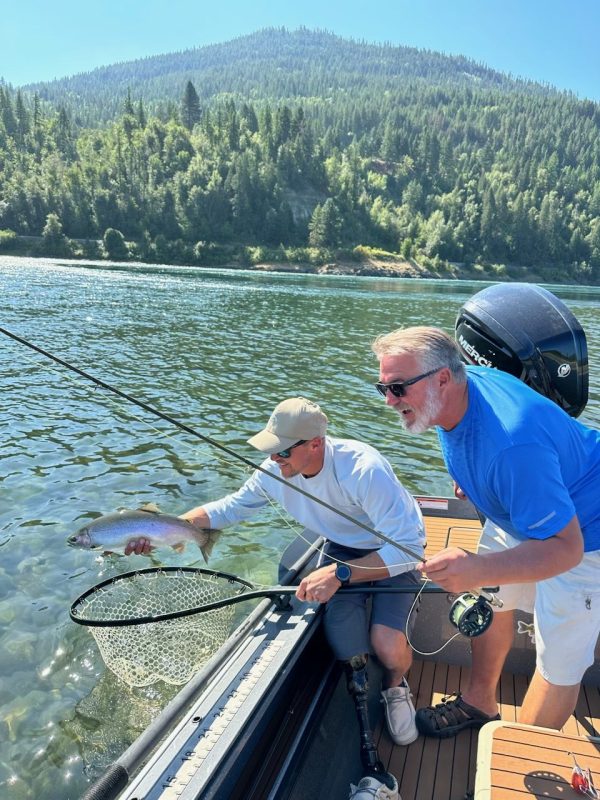 This time of year can be tricky. Well for that matter, the Columbia can be tricky. We do not operate our lodge during this time frame but there is definitely some fishing to be had. Hopper/dropper combos, nymphing and swinging can all produce. Fish on the Upper Columbia are quite amazing. They are built strong and healthy. We have a few dates left this fall.
This time of year can be tricky. Well for that matter, the Columbia can be tricky. We do not operate our lodge during this time frame but there is definitely some fishing to be had. Hopper/dropper combos, nymphing and swinging can all produce. Fish on the Upper Columbia are quite amazing. They are built strong and healthy. We have a few dates left this fall.













